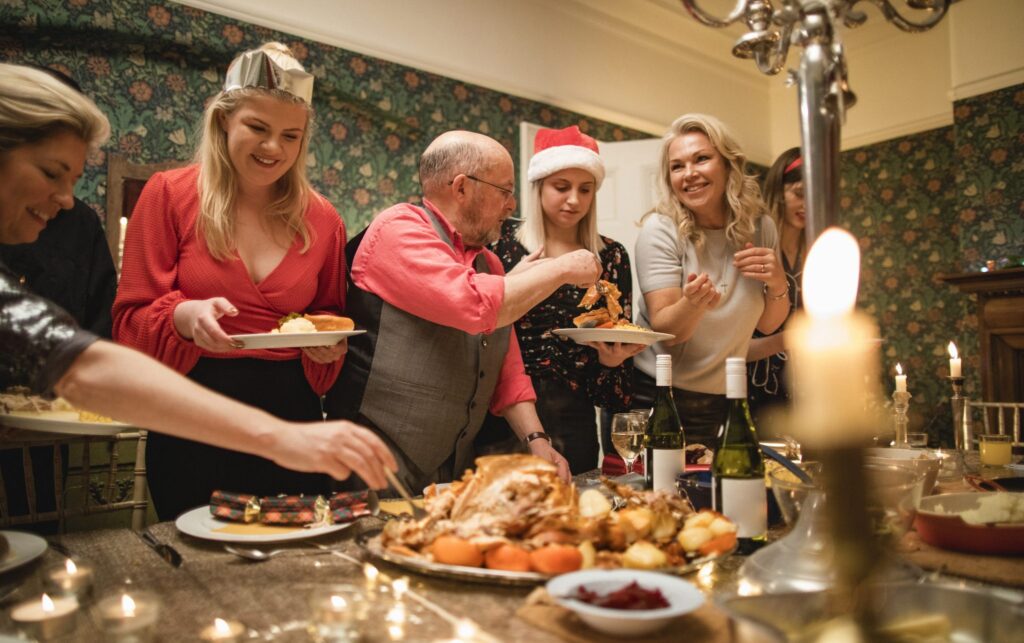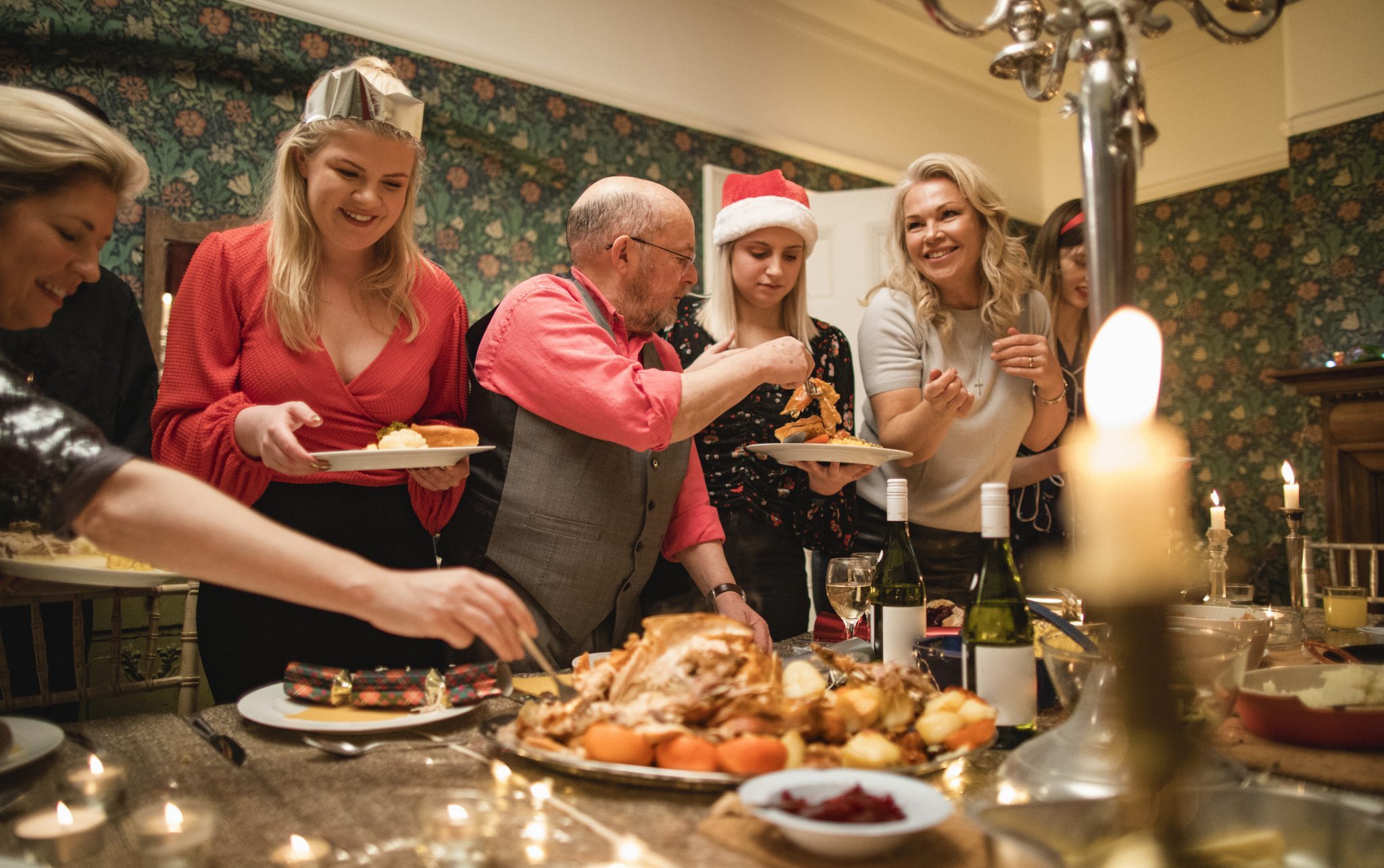
Unwrapping the Magic: 5 Enduring Christmas Traditions Around the World
Christmas, a holiday celebrated globally, is more than just a date on the calendar. It’s a tapestry woven with diverse traditions, each reflecting a unique cultural heritage. While the core message of peace and goodwill remains constant, the ways in which we celebrate Christmas vary dramatically. This article delves into five enduring Christmas traditions from around the world, offering a glimpse into the rich and varied ways this beloved holiday is observed. From the quirky to the deeply spiritual, these Christmas traditions highlight the global spirit of the season.
Krampus: Austria’s Sinister Companion to Saint Nicholas
While many associate Christmas with the jolly figure of Santa Claus, Austria offers a contrasting figure: Krampus. This horned, demonic creature is said to accompany Saint Nicholas, punishing the naughty children while Saint Nicholas rewards the good. In early December, particularly around Krampusnacht (Krampus Night), people dressed as Krampus roam the streets, playfully (or sometimes not so playfully) scaring onlookers with chains and bells. This Christmas tradition serves as a reminder of the consequences of bad behavior and provides a thrilling, albeit slightly frightening, counterpoint to the sweetness of Christmas. The Krampus tradition, deeply rooted in Alpine folklore, continues to be a vibrant part of Austrian Christmas traditions, often involving elaborate costumes and boisterous parades. [See also: Christmas Traditions in Europe]
La Befana: Italy’s Christmas Witch
In Italy, children eagerly await the arrival of La Befana, a kindly, old witch who delivers gifts on Epiphany (January 6th). Legend has it that the Wise Men asked La Befana for directions to Bethlehem, but she refused to help. Later, regretting her decision, she filled a bag with sweets and set out to find them, leaving treats for good children in the hope that one of them was the baby Jesus. This Christmas tradition offers a unique twist on the gift-giving aspect of Christmas, blending folklore with the religious significance of the holiday. Children leave out shoes or stockings for La Befana to fill, and she is often depicted as a friendly figure who sweeps away the old year with her broom. The celebration of La Befana is a cherished Christmas tradition in Italy, emphasizing kindness and generosity.
Yule Lads: Iceland’s Mischievous Elves
Icelandic Christmas traditions are populated by the Yule Lads, a group of thirteen mischievous elves who visit homes in the thirteen nights leading up to Christmas. Each Yule Lad has a distinct personality and a penchant for causing minor mayhem. Some are known for slamming doors, others for stealing meat, and still others for licking pots. Children leave out shoes on their windowsills, hoping to receive treats from the Yule Lads. However, if they have been naughty, they might find a potato instead. This playful and slightly chaotic Christmas tradition adds a unique element of suspense and fun to the Icelandic Christmas season. The Yule Lads, with their quirky personalities and mischievous antics, are a beloved part of Icelandic folklore and a unique expression of Christmas traditions. [See also: Scandinavian Christmas Celebrations]
Kentucky Fried Chicken: Japan’s Unexpected Christmas Feast
In Japan, where Christmas is not a national holiday, a surprising Christmas tradition has taken root: eating Kentucky Fried Chicken (KFC). This phenomenon began in the 1970s with a successful marketing campaign and has since become a cultural phenomenon. Many families pre-order their KFC Christmas meals weeks in advance to avoid long lines. The popularity of KFC at Christmas stems from the fact that turkey is not readily available in Japan, and KFC offered a convenient and festive alternative. This unexpected Christmas tradition demonstrates how cultural influences can transform and adapt to local tastes, creating a unique and memorable holiday experience. It’s a testament to the power of marketing and the adaptability of Christmas traditions in a globalized world.
Las Posadas: Mexico’s Pilgrimage Re-enacted
In Mexico and parts of Latin America, Las Posadas is a nine-day celebration leading up to Christmas, re-enacting Mary and Joseph’s search for shelter in Bethlehem. Each evening, processions of people, often dressed as Mary and Joseph, travel from house to house, singing traditional songs and asking for lodging. They are repeatedly turned away until they finally find shelter at a designated house, where a fiesta ensues with food, music, and games. This Christmas tradition is deeply rooted in religious and cultural heritage, emphasizing the importance of hospitality and community. Las Posadas is a vibrant and meaningful way to celebrate the spirit of Christmas, bringing people together in a shared experience of faith and tradition. The reenactment is a powerful reminder of the Christmas story and a central part of Mexican Christmas traditions. [See also: Latin American Christmas Traditions]
The Enduring Appeal of Christmas Traditions
These five Christmas traditions represent just a small fraction of the diverse ways in which this holiday is celebrated around the world. Each tradition offers a unique glimpse into the cultural values and beliefs of the communities that observe them. Whether it’s the terrifying Krampus of Austria, the gift-bearing La Befana of Italy, the mischievous Yule Lads of Iceland, the unexpected KFC feast in Japan, or the pilgrimage re-enactment of Las Posadas in Mexico, these Christmas traditions add depth and richness to the Christmas season. They remind us that while the holiday may have universal themes, its expression is as varied and colorful as the cultures that embrace it. These enduring Christmas traditions continue to evolve and adapt, ensuring that the spirit of Christmas remains alive and vibrant for generations to come. The diversity of these Christmas traditions showcases the global reach and enduring power of the holiday season. These unique Christmas traditions are a testament to the human spirit’s ability to find joy and meaning in shared celebrations. Exploring different Christmas traditions offers a valuable perspective on cultural diversity and the common threads that bind us together during the holiday season. The preservation of these Christmas traditions is essential for maintaining cultural heritage and fostering a sense of community. The beauty of Christmas traditions lies in their ability to connect us to the past while also inspiring us to create new memories and traditions for the future. These five Christmas traditions provide a window into the heart of Christmas celebrations around the world. The significance of Christmas traditions extends beyond mere customs; they are expressions of faith, culture, and community.

